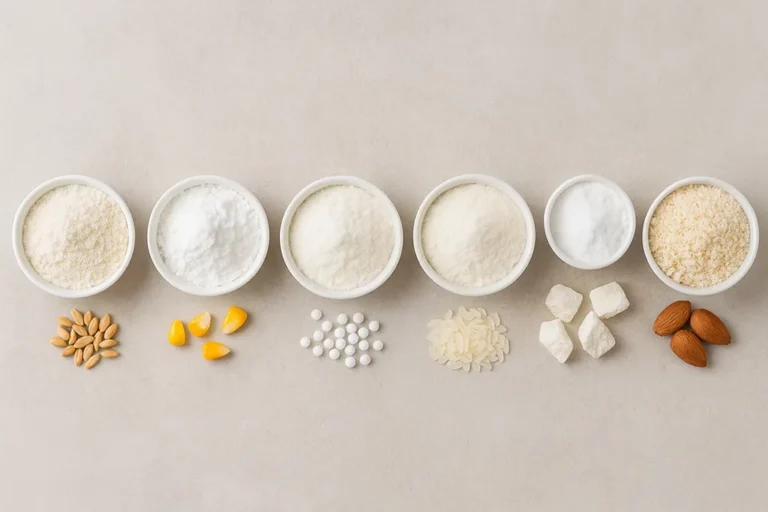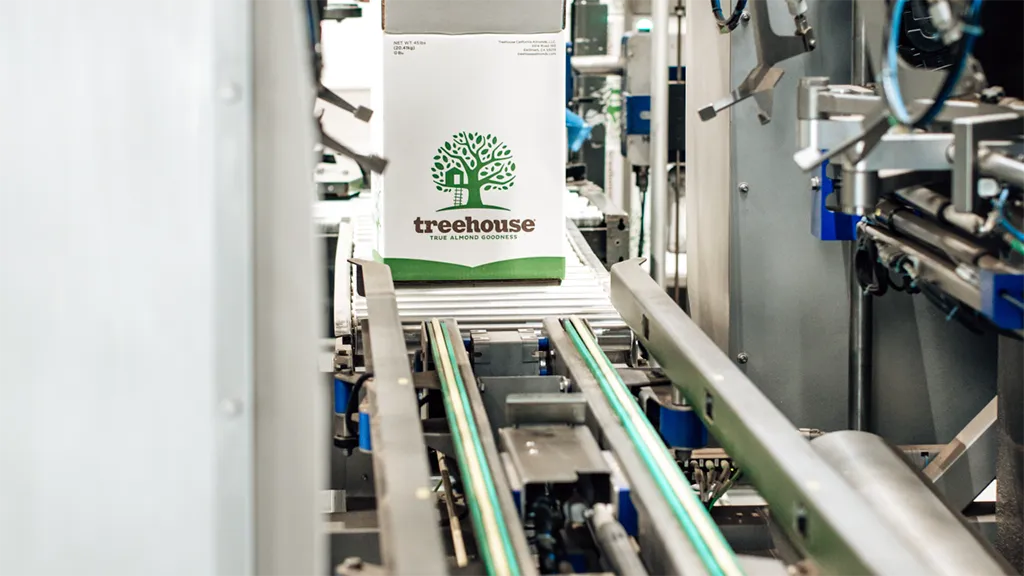Empty cart
Oh no! It appears your cart is empty. Add some almonds to your daily regime with the Treehouse products.
All Blog PostsNews

The June position report, released today by the Almond Board, landed below expectations. Total industry shipments came in at 186.7 million pounds, down 9.4% compared to 206.2 million pounds in June 2024. Export shipments declined by 6.1%, while domestic shipments dropped over 17%, marking the second straight month of sharply weaker U.S. demand.
Despite softer forward commitments from May, June shipments outperformed the lower end of market expectations, offering a modest silver lining in an otherwise muted month.
Current-crop forward commitments continue to underwhelm, now down nearly 10% year-over-year. June saw 96 million pounds of 2024 crop sold—an improvement over May’s 89 million pounds, but still well below historical averages.
The industry appears unlikely to match last year’s shipment volumes in the final month of the crop year. With this trend, the 2024 crop carryout is now projected to exceed 530–540 million pounds, surpassing last year and putting additional pressure on the transition into new crop.
New crop sales remain deeply concerning. Just 45.8 million pounds were sold in June, bringing total new crop sales to 111.5 million pounds—a record low since tracking began in 2017, and less than half the 271.3 million pounds sold at this time last year.
The recently released Objective Forecast of 3.0 billion pounds introduces further complexity. The forecast assumes a sharp yield rebound despite ongoing concerns like orchard age, limited irrigation, and financial stress. Many believe this may be optimistic, considering recent actual yields in the 1,850–1,900 lbs/acre range.
Shippers now face a difficult season ahead as they navigate weak new crop demand and what may become a saturated supply environment. For growers, this is yet another blow after multiple years of low returns and mounting cost pressure.
Over the past month, pricing softened by $0.15–$0.20/lb for most items amid sluggish sales and weakening commitments. However, in the last 10 days of June, pricing stabilized as select buyers stepped in to cover short-term needs — a welcome reprieve, though those sales will reflect in July data, not June.
The release of the 3.0 billion-pound Objective Estimate is beyond industry expectations, combined with continued buyer caution and historically low new crop sales, has created an uphill climb for the industry. While previous estimates helped pose sellers that flat to reduce shipment growth would be the environment for the 2025 crop, the table has turned to the fact that a total supply of 3.53-3.55 billion lbs means that California must increase shipments for the 2025 season by a minimum of 2% if the dreaded 800 million lbs carryover is to be avoided and increase to 5-7% to reach a comfortable carryout ratio. Nevertheless, this is a difficult report to digest as its likely going to have severe impacts on growers for years to come.
Looking ahead:
The balance between supply optimism and demand hesitation defines the current market. Sellers must work aggressively to improve commitments ahead of harvest, while buyers may look to capitalize on recent price softening.
Be in the loop for vital news about the California almond market.
Enjoy 10% off when you order 6 or more